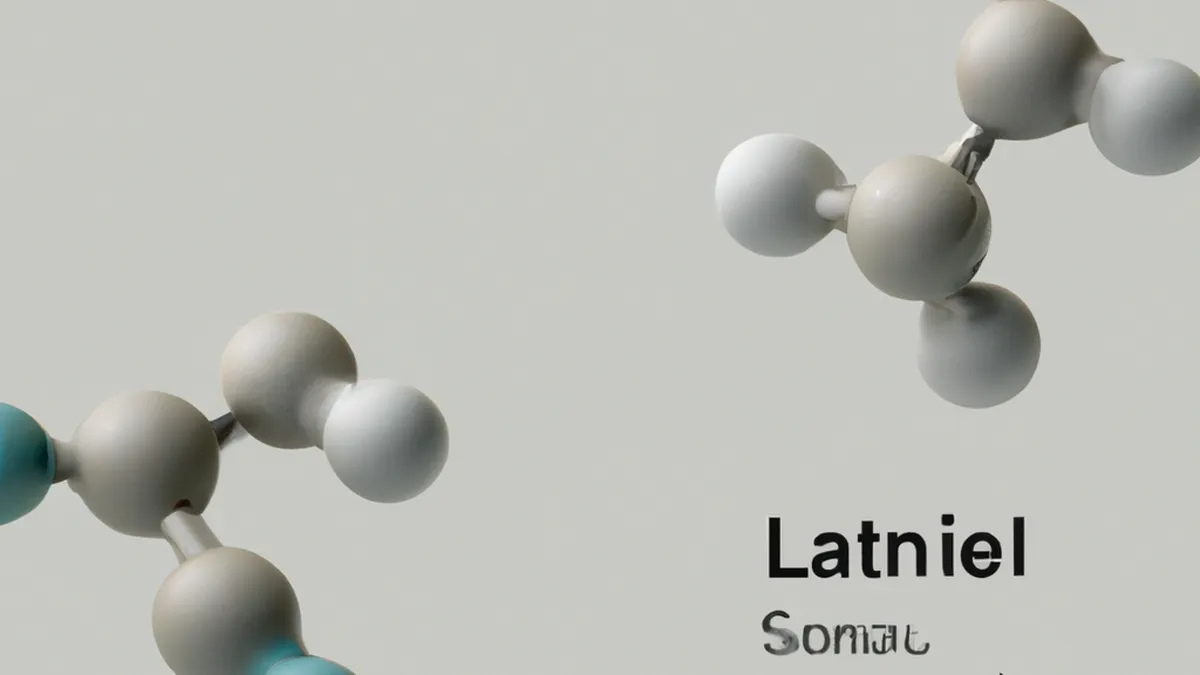Manage Training Intensity Around Luteal Phases
Exploring the Luteal Phase’s Effect on Endurance and Stamina
The menstrual cycle involves various physiological changes in women. The luteal phase significantly influences endurance and stamina. Understanding this phase helps women optimize training and performance for better athletic outcomes.
What is the Luteal Phase?
The luteal phase follows ovulation and lasts about 14 days. If pregnancy does not occur, this phase ends with menstruation. Ovaries produce higher levels of progesterone and estrogen, preparing the body for potential pregnancy. While essential for reproductive health, these hormonal changes impact physical performance, mood, and energy levels.
Hormonal Changes
The luteal phase features elevated progesterone levels, maintaining the uterine lining. However, hormonal fluctuations can cause physical and emotional symptoms. Many women experience premenstrual syndrome (PMS), leading to fatigue, mood swings, anxiety, and irritability. These symptoms can significantly affect athletes’ motivation and performance during this phase.
How the Luteal Phase Affects Performance
The luteal phase affects energy levels, mood, and muscle recovery. Understanding these effects helps women tailor their training.
Energy Levels and Fatigue
During the luteal phase, many women report fatigue. Hormonal changes lead to lower energy levels, making workouts feel harder. Increased progesterone causes a sedative effect, contributing to fatigue. Athletes might modify their training plans to accommodate this. Shorter, less intense workouts can help maintain consistency without overexertion.
Mood and Motivation
Hormonal fluctuations during the luteal phase can affect mood. Many women experience PMS symptoms, such as irritability and anxiety. These emotional changes decrease motivation to train. Mental preparation becomes essential during this time. Setting realistic goals and accepting energy fluctuations help mitigate psychological barriers. Mindfulness practices, like meditation or deep breathing, enhance mental resilience and focus.
Recovery and Muscle Performance
The luteal phase may slow recovery times. Elevated progesterone levels can delay muscle repair after workouts. This slowdown is particularly relevant for strength training and high-intensity workouts. To improve recovery, women should prioritize sleep and nutrition. Incorporating rest days and active recovery techniques, such as gentle yoga or stretching, can maintain performance levels.
Tips for Training During the Luteal Phase
Adapt your training to match your energy levels and mood. Modify your workout intensity and duration as needed.
Conclusion
Understanding the luteal phase empowers women to adjust training for optimal performance. By recognizing hormonal effects, women can enhance their athletic experience.
Below are related products based on this post:
FAQ
What is the luteal phase and how does it affect women’s bodies?
The luteal phase follows ovulation and lasts about 14 days. During this time, the ovaries produce higher levels of progesterone and estrogen, which prepare the body for potential pregnancy. These hormonal changes can impact physical performance, mood, and energy levels, often leading to symptoms like fatigue, mood swings, and irritability.
How does the luteal phase influence athletic performance?
The luteal phase can lead to lower energy levels and increased fatigue, making workouts feel more challenging. Hormonal fluctuations can also affect mood and motivation, potentially decreasing the desire to train. Athletes may benefit from adjusting their training plans to include shorter, less intense workouts and focusing on mental preparation strategies.
What strategies can women use to train effectively during the luteal phase?
Women can adapt their training by modifying workout intensity and duration to match their energy levels. Prioritizing sleep and nutrition is crucial for recovery, as elevated progesterone may delay muscle repair. Incorporating rest days and active recovery techniques, such as gentle yoga or stretching, can help maintain performance levels during this phase.















Post Comment